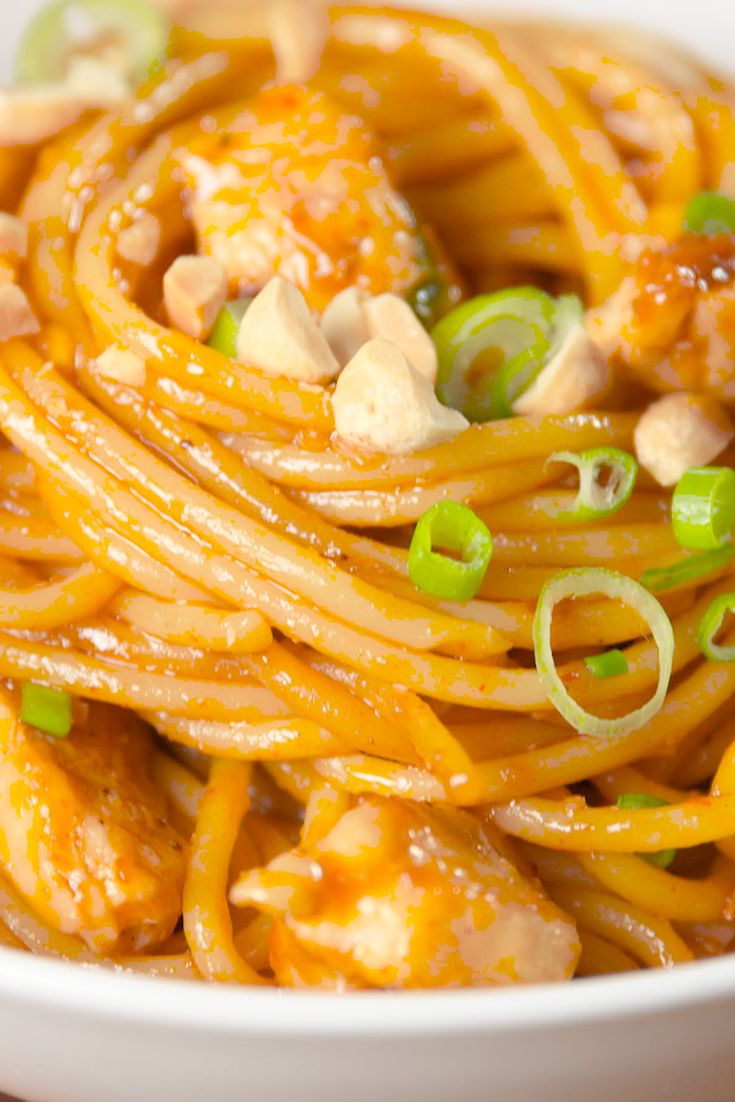It was the early Seventies, and the Port Arthur Curling Club board had a problem with their palms. Business at the rink in Thunder Bay, Ontario, was going properly. Despite competition from some other curling membership only a ten-minute drive away, Port Arthur had its personal mounted organization of regulars, way to its almost century-long history in this small city in Canada’s far-off north.
Cling—an ice game that looks like lawn bowling, except players use brooms to “sweep” a stone toward its target—is arguably as central to Canadian identity as maple syrup or hockey. But it became Port Arthur’s eating room and eating place enterprise on the second ground that bothered the board. They had attempted strolling the restaurant, a large eating location with windows overlooking the ice below. But it wasn’t getting cash. Over time, walking to the restaurant had become more hassle than it was well worth.

One day, some board contributors stopped at the Dragon Room bar, a popular nearby Chinese eating place. As normal, the business changed into packed—customers flocking to the dining room for the dry spareribs (“served with spice salt and lemon wedges, $1.90”) and char sure bok toy (“a proper favored!”).
By way of then, Chinese meals had become one of the most popular cuisines now, not only in Thunder Bay but throughout North America. For some of the metropolis, in most cases, blue-collar residents, going to a “Western” restaurant didn’t make feel. They should make meatloaf or turkey sandwiches themselves at home. But Chinese eating places had been exceptional—by no means thoughts whether or not the dishes on the menu, like sweet-and-sour hen balls or chop suey, originated from China.
The eating places healthy with the new, greater cosmopolitan worldview Canadians have been beginning to expand, helped alongside by Nixon’s go to China (wherein he famously sampled from a platter of Peking duck) and the opening of Canada’s doors to immigration from China, Europe, and other parts of the sector.
Seeing the fulfillment of the Dragon Room gave the board individuals an idea. They approached its manager, a young man named Ling Lee, with a proposition: Would he consider taking on the eating place at the curling club?
Lee rarely became a stranger to bold moves, his daughter, Norina Karschti, informed me. At 15, her father had observed his father from Guangdong to Saskatoon, notwithstanding no longer knowing any English. He slowly found out the language and, a few years later, moved to Ontario on a lark. He’d been shown a picture of a young Chinese female and turned into instructed that she lived in Kenora, Ontario. So he set out looking for her. By the time he became 19, he and the lady in the photo, May Lee, were married.
The couple settled in Thunder Bay, where he determined to work in Chinese restaurants. By his early thirties, Lee turned into dealing with the Dragon Room. And by the time the Port Arthur club board approached him, he turned into preparing for a place of his own. So he stated yes. In 1973, Ling Lee’s in Port Arthur Curling Club opened.
Now Karschti runs the restaurant. As she came to a pause, I asked her a query I hadn’t yet dared ask other eating place owners. Like me, Karschti became Chinese but was born in Canada. Like me, she became married to a non-Chinese husband. She, too, spent the majority of her time around non-Chinese Canadians. She understood what it changed into like to navigate between the cultures.
“Is it ordinary for o you sell Chinese food that you recognize isn’t Chinese?”She paused for a moment to smirk earlier than persevering.
The first Chinese restaurant owners constructed their corporations via improvising. Many had arrived in Canada as railway employees or as part of the Gold Rush. They weren’t educated cooks, for the maximum element. And even supposing they wanted to prepare dinner “real” Chinese, most of the substances they wanted—spices, sauces, fresh produce, or seafood—couldn’t be observed in North America.
Nor should they anticipate Chinese customers. Based on their’ ingredients, they concocted new dishes they concept might enchant Western audiences. They borrowed from the thoughts they remembered back domestic. However, they delivered healthful doses of soy sauce, ketchup, and sugar to attract Western tastes.
